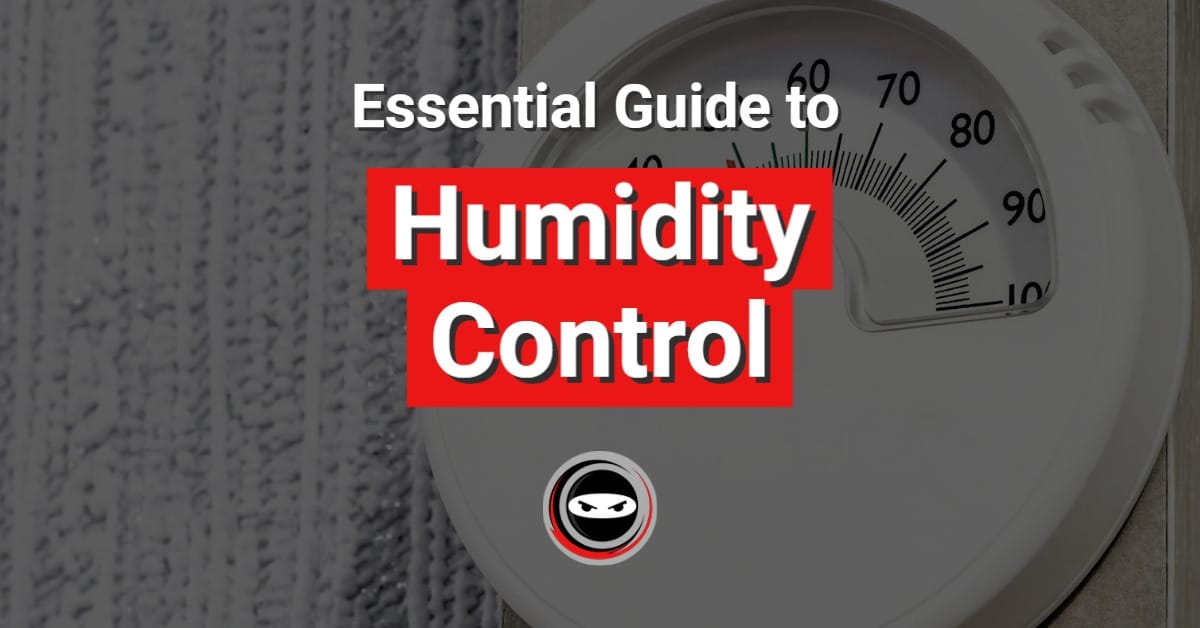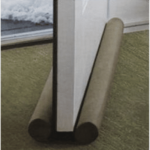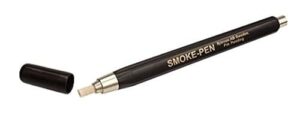Testing for air leaks can be simple and inexpensive to complicated and expensive. Some of the ways to detect air leaks listed below can be performed by you and some may require hiring a professional with special equipment.
What Are Air Leaks
Air leaks are everywhere inside your home! You would not believe how tiny air leaks can impact the comfort and energy efficiency of your home. As a reminder, air leaks are the act of outside air flowing into your home or air being transferred from one room or section of your home to another. The attic, crawl space and basement are some of the most overlooked areas for air leaks and probably the most important areas to stop air leaks from occurring. Your home loses conditioned air which equates to your comfort and your wallet every second of every day. Most people do not think air drafts are a big deal, and boy air leaks could not be more serious. Stopping air leaks needs to be a priority for every home owner. Another common place where air leaks is under the exterior doors of your home.
5.) Good Ole’ Hand Test
You can simply use your hand and look for places that might have air leaks. The key to using your hand successfully is the conditions. You can’t just use your hand and see if you felt a breeze! Use the hand test when it is cold outside. Then turn on the heat in area you are concerned about. Lastly, gently use your hand and place it around the the place you choose. Notable starting points are the edges of windows and doors, not to mention exhaust fans, vents and light switches and outlets located on exterior walls of your home.
4.) Light an Incense
Light and incense stick and pretend you are part of a science fair! Most if not all incenses will work but keep in mind the size of the stick. Make sure the incense has the space to go in between the door or window. (or wherever you plan on testing) After the stick is lit, place it on the desired spot. Then check and see if the smoke moved like a wave. Another indication of a draft is if the smoke was sucked in or drawn. Using the smell of the incense can help you discover drafts in areas like the crawl space and attic to the living space. Be careful not to start a fire in these areas. If any of those things occur you have your self a draft and it is best to fix it.
3.) Blower Door Test
The items on the rest of the list, including this is one are tools used by professionals like the HVAC industry or energy auditors. Alternatively a professional can come to your house and test it for you. The Blower door test basically sucks out all of the indoor air and allows the outdoor air to come in. If outside air comes in, you have an air leak. On the other hand, if it does not, you have nothing to worry about!
Keep in mind the blower door test can also check for leaks in specific areas like the duct work to make sure they are air sealed properly. Also, it is a great thing for your home to breathe, you just don’t want too much air to escape.
2.) Thermal Imaging Camera
The thermal imaging gun is a great air leak detector by showing hot and cold spots. It’s great for covering large areas quickly but sometimes can come with a hefty price tag. Although, Flir has developped the Flir One which turns your Android into a thermal imaging camera. Click here to learn more. As of this article, it sells for less than $300 and has a 4.4 of of 5 star rating on their website.
1.) Smoke Pen
Smoke pens are great tools and fairly inexpensive, typically around $40 and can be found on Amazon.com. When activated they release a dense white smoke that is easily seen and used to detect drafts and also test smoke alarms. A typical pen lasts about 30-minutes of continuous use. The smoke is non-toxic according to the manufacturer and can be stopped to be reused later for another project. This is one of the easiest and most effective tools to use for detecting air leaks.
Here are other areas to check according to the Department of Energy website:
Inside your home, inspect around the following areas for any cracks and gaps that could cause air leaks:
- Electrical outlets
- Switch plates
- Door and window frames
- Electrical and gas service entrances
- Baseboards
- Weather stripping around doors
- Fireplace dampers
- Attic hatches
- Wall- or window-mounted air conditioners.
- Cable TV and phone lines
- Where dryer vents pass through walls
- Vents and fans.

What Next?
Do you need help with mold removal, crawl space encapsulation, crawl space insulation, vapor barrier, waterproofing, or controlling humidity in your crawl space and you live in Georgia, Delaware, North Carolina, South Carolina, Tennessee, Ohio, or Kentucky? If so, please contact us to schedule your assessment. Also, let us know in the comments below if you have an idea for a new blog topic.
Perhaps you’d like to tackle your own crawl space repair. Visit our DIY Store.
Contact us if you need help fixing your crawl space or yard drainage by clicking here.
Learn about Crawl Space Ninja Franchise opportunities.



